Christian Hammer Juhl and Jade Chan, design duo behind the design studio Christian+Jade
Christian Hammer Juhl is Danish, and Jade Chan is Singaporean. Together they are Christian+Jade. They are educated from the Design Academy Eindhoven, Netherlands and are currently based in Copenhagen. Christian+Jade strongly believes that design has the potential to change and transform the way we see objects, materials and the spaces we live in. They use this philosophy in their practice as they anchor their work in historical and cultural narratives around objects, materials and ways of making. They believe that a more conscious understanding of where things come from, how they are made, etc. can shift the way we live and consume.
In collaboration with Dinesen, Christian+Jade created the Weight of Wood exhibition in Dinesen Showroom for 3daysofdesign 2023 in Copenhagen. In this Journal, Christian and Jade enlighten us about their studio philosophy and the process before, during and after Weight of Wood.
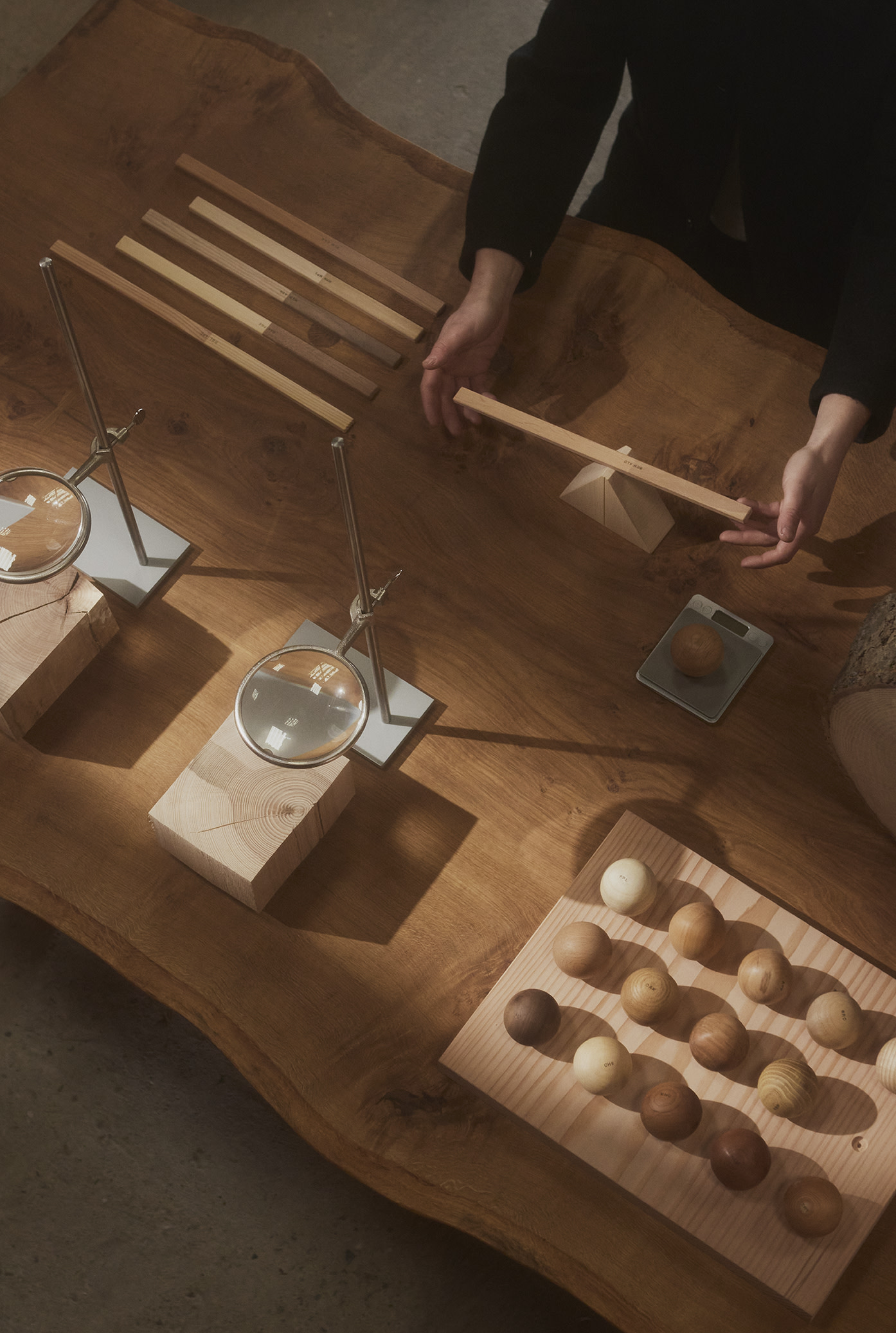
Weight of Wood lab
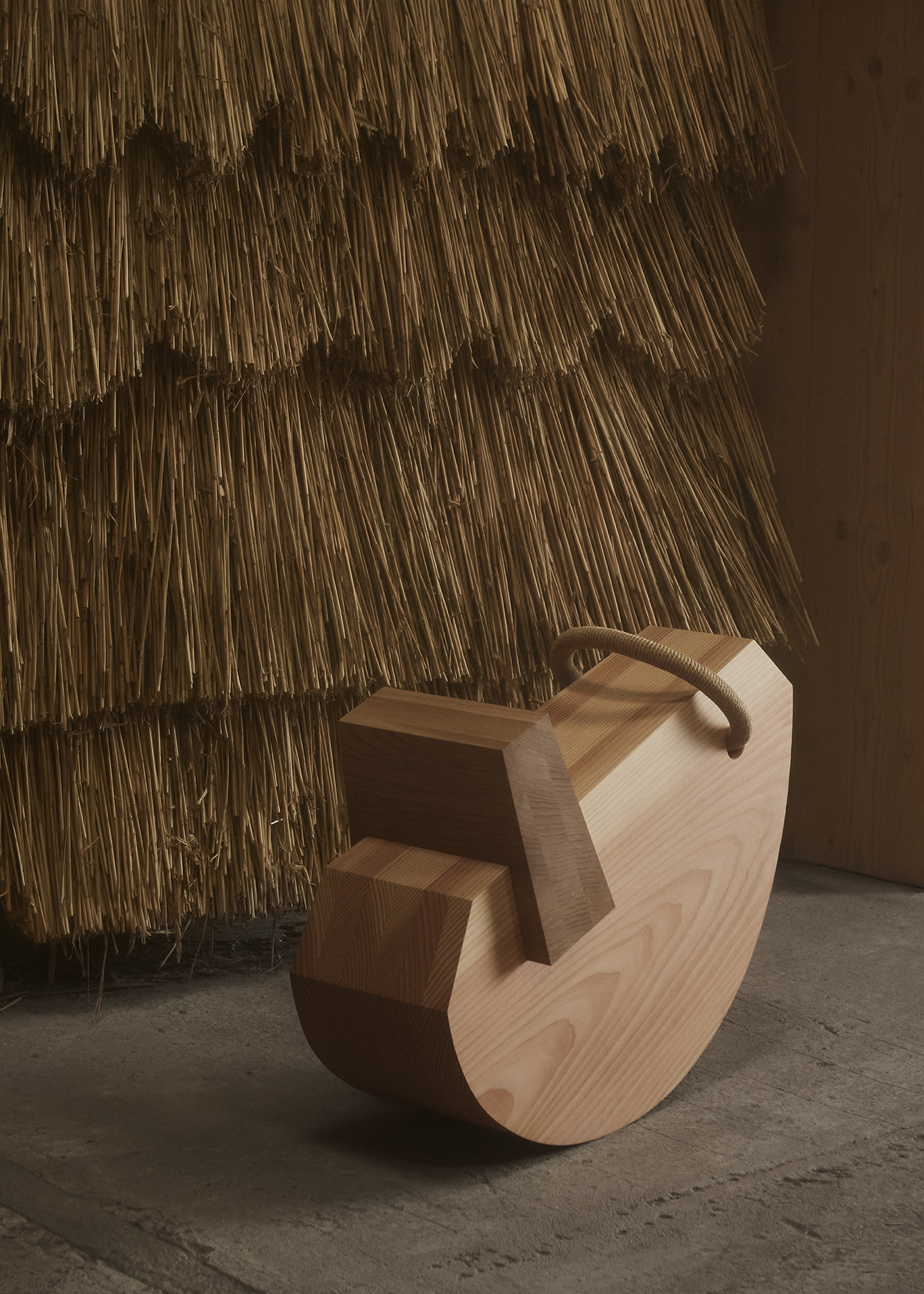
Weight of wood object, The Rocking Horse, made of Dinesen Douglas and Ash
How did your collaboration with Dinesen begin?
Sitting with two different pieces of wood in your hand you not only see its visual difference, but you feel its weight. Around two years ago, we came up with the idea of exploring different wood weights as a design tool. The more we researched and brainstormed, the more we discovered the complexity of the world of wood. Something as simple as determining the weight of an oak species depended on so many factors. As a result, the scope of the project grew, and we dreamed about doing whole in-depth research, translating the weight of wood into small and large sculptures, and eventually applying our knowledge as design tools for making furniture.
We knew that if we wanted to do it on the scale it was growing into, we had to work with a company that had great experience and knowledge about wood. When we approached Dinesen, we were delighted that they said yes almost immediately.
The conversation with Dinesen naturally turned to the quality of wood, as there is often an association between quality and density, where something heavier is maybe perceived as better, or lighter as more disposable. This sparked the question of What constitute quality wood, and how this can be affected by how and where a tree grows. When you walk into a Dinesen showroom, you are often told that you are standing with wood of the highest quality, but it is so hard to understand what exactly that means. So, when we approached the company with our project, they saw an opportunity to tell a story of wood that goes beyond the surface of their floor planks.
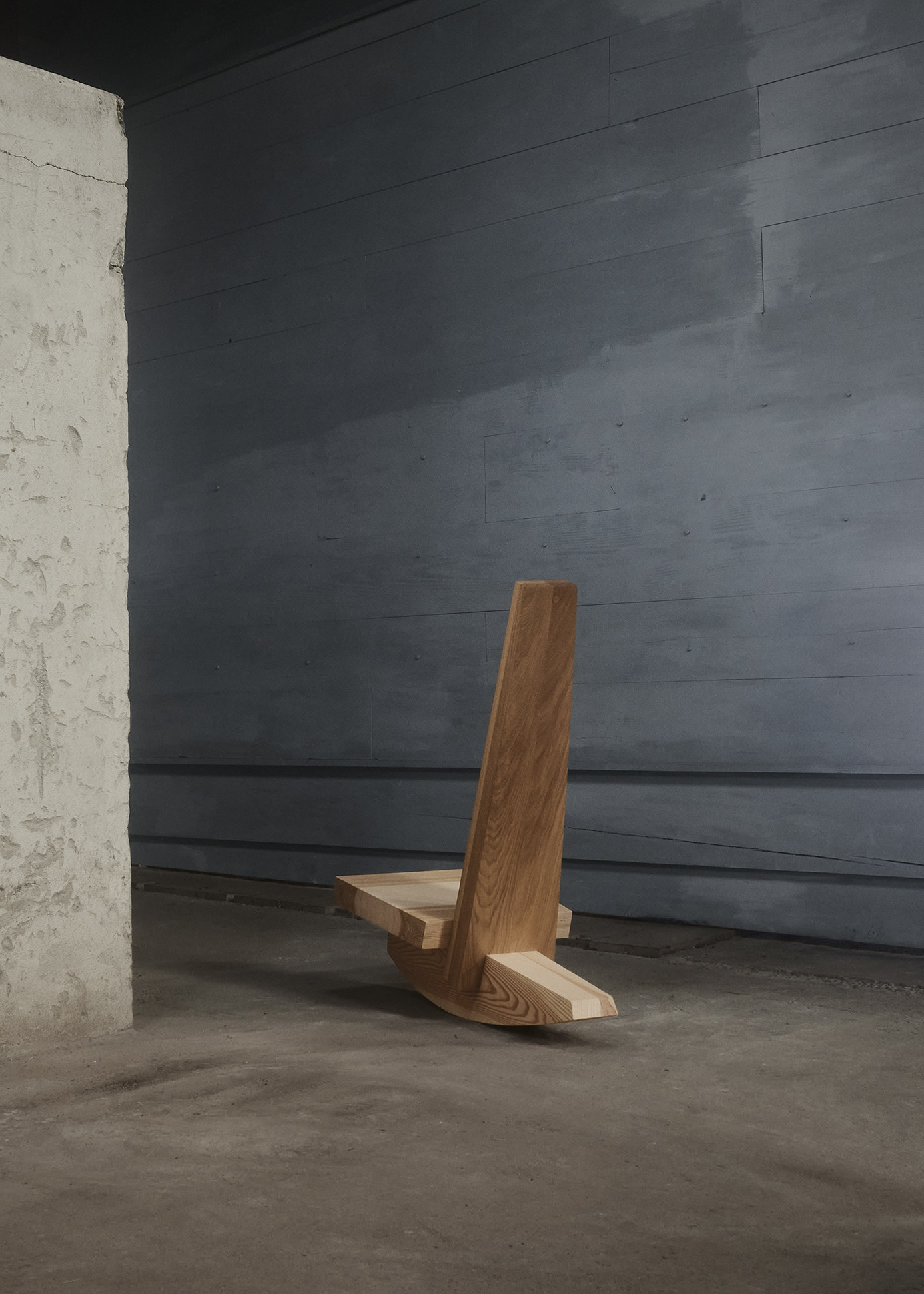
Weight of wood object, The Rocking Chair, made of Dinesen Pine and Oak
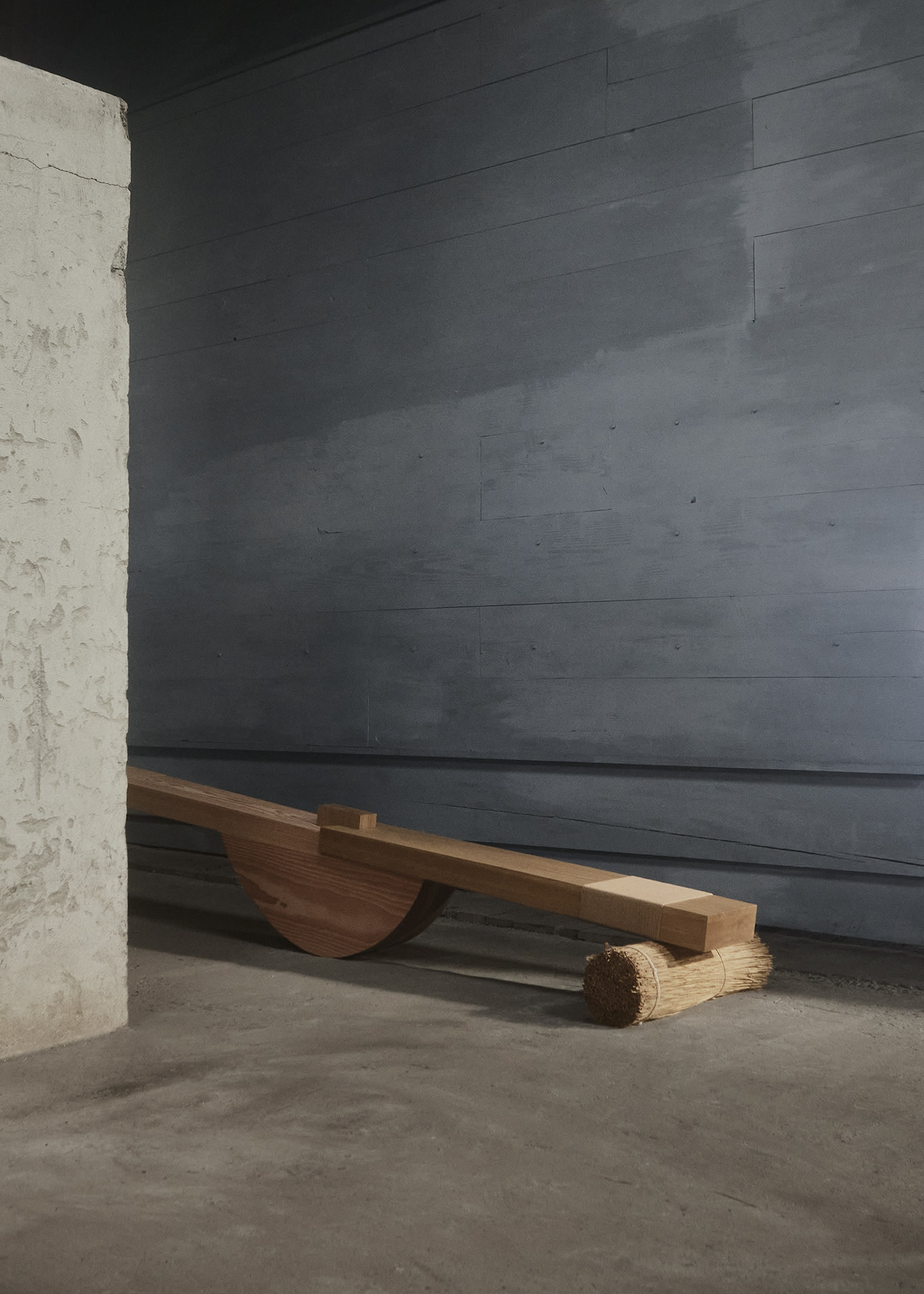
Weight of wood object, The Seesaw, made of Dinesen Douglas and Oak
How did your interest in wood arise, and why did you pursue it?
Our friend Kristian is a forester, and we spend a lot of time walking with him in the forest. When you walk in a forest alone, you see nature, but when you walk in the forest with a forester you get a glimpse of forest management, which is often strategically planned for the wood industry to maximise the production of wood. A forest can also be managed in specific ways to ensure a specific classification and wood quality.
This allowed us to begin connecting the dots between our ideas of nature and our use of wood as designers. We wanted to understand further how a piece of wood goes from a living tree in a larger ecosystem, managed or unmanaged, into a material we sculpt or a surface we walk on.
How did this interest in wood develop over time, and did it shape your work with design?
Our interest in wood grew quickly. And we think this confirms the main thesis of the project - that the second you start seeing wood as a living material, and you get a hint of the hidden life and stories behind, for example, a single wooden plank, you stop seeing it as a commodity and a means to an end. We not only start seeing wood everywhere, and understanding why certain wood species or faces are used for certain functions, but we also start noticing the influence forestry and trees have in shaping our urban and natural environment.
Weight of Wood as a project has definitely created a pivotal shift in our design practice. It has pushed our curiosity for materials beyond the physical possibilities and opened our minds about the role materials have played in human history. It has shifted our perception from seeing materials as global natural resources grown, sourced, processed and shipped to a recognition of the entire geopolitics that they are parts of and our role as designers in this context.
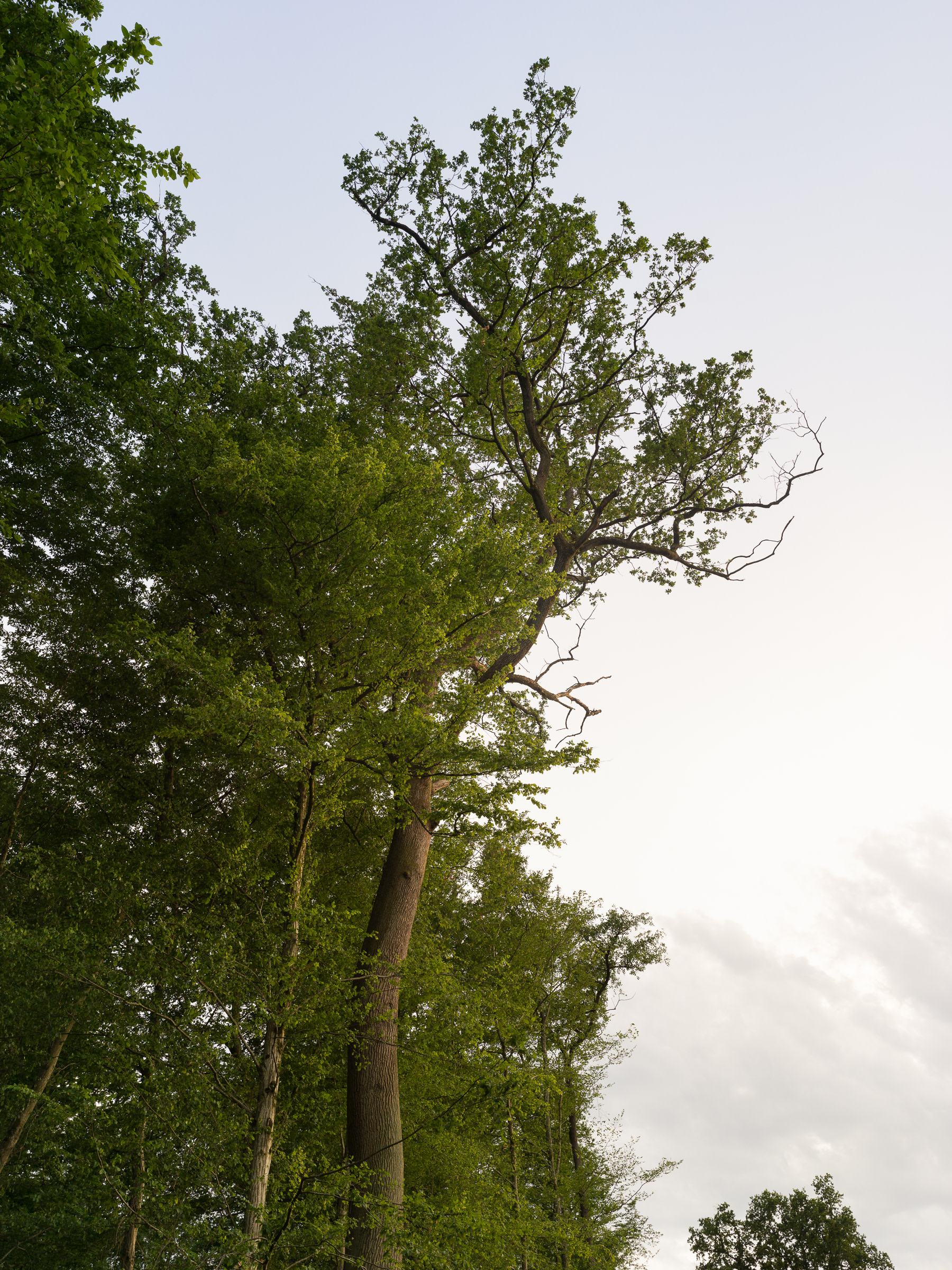
Oak tree in the Schwarzwald forest
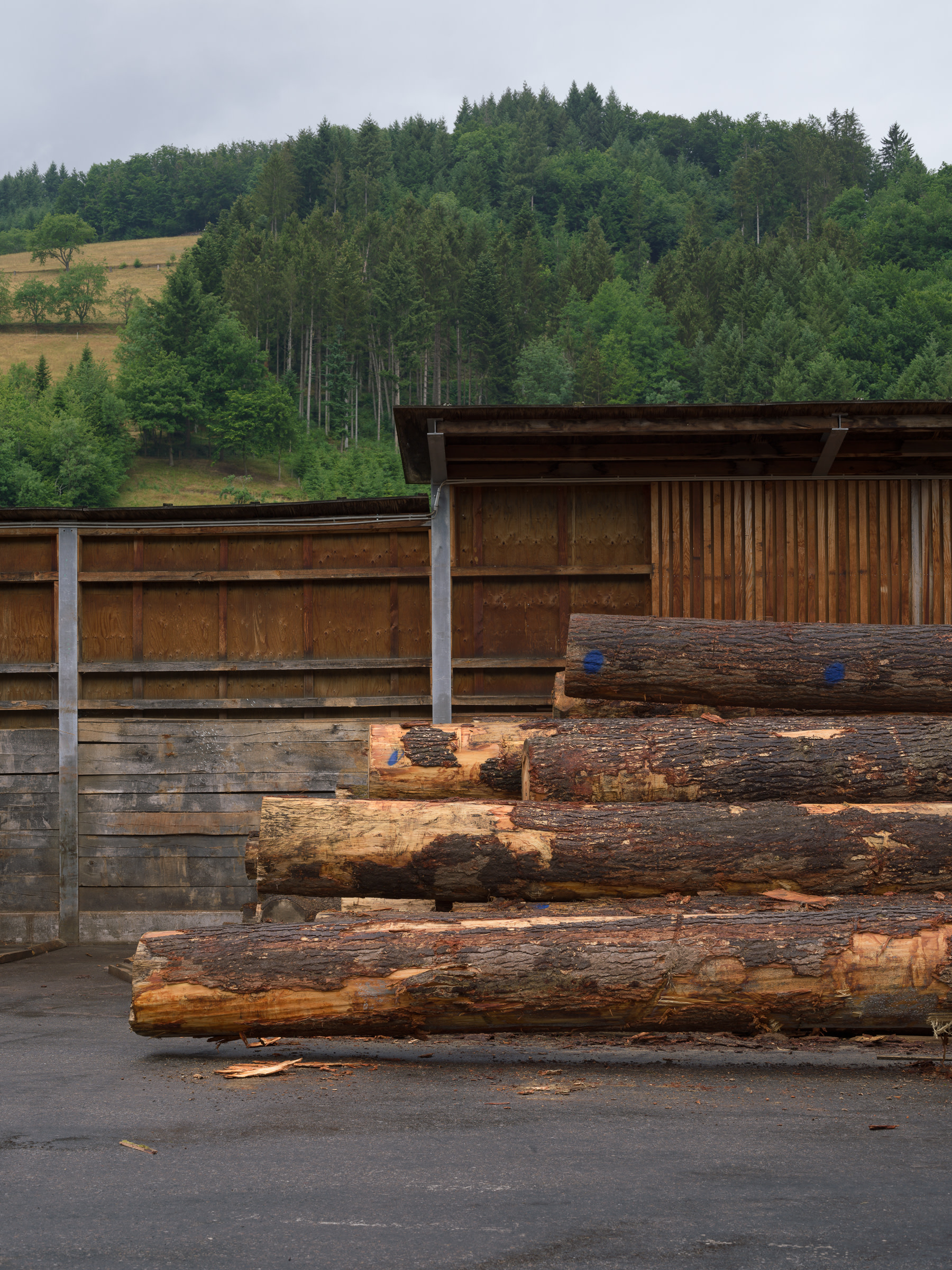
Sawmill Messmer in Schwarzwald forest
Besides wood, what are your preferred materials to work with, and why?
We like working with materials we can shape with our hands and the most primitive tools. We also enjoy working with materials that are not static and fixed in their materiality, meaning they are natural and can transform through use and time.
For example, we have worked a lot with aluminium due to its softness and lightness and ability to shape quite easily. It can also take on many different surface finishings from polished glossy to matte brushed, both of which oxidise as time goes by. We think there is a strong poetic quality to materials that evolve and transform with you, changing your relationship with them.
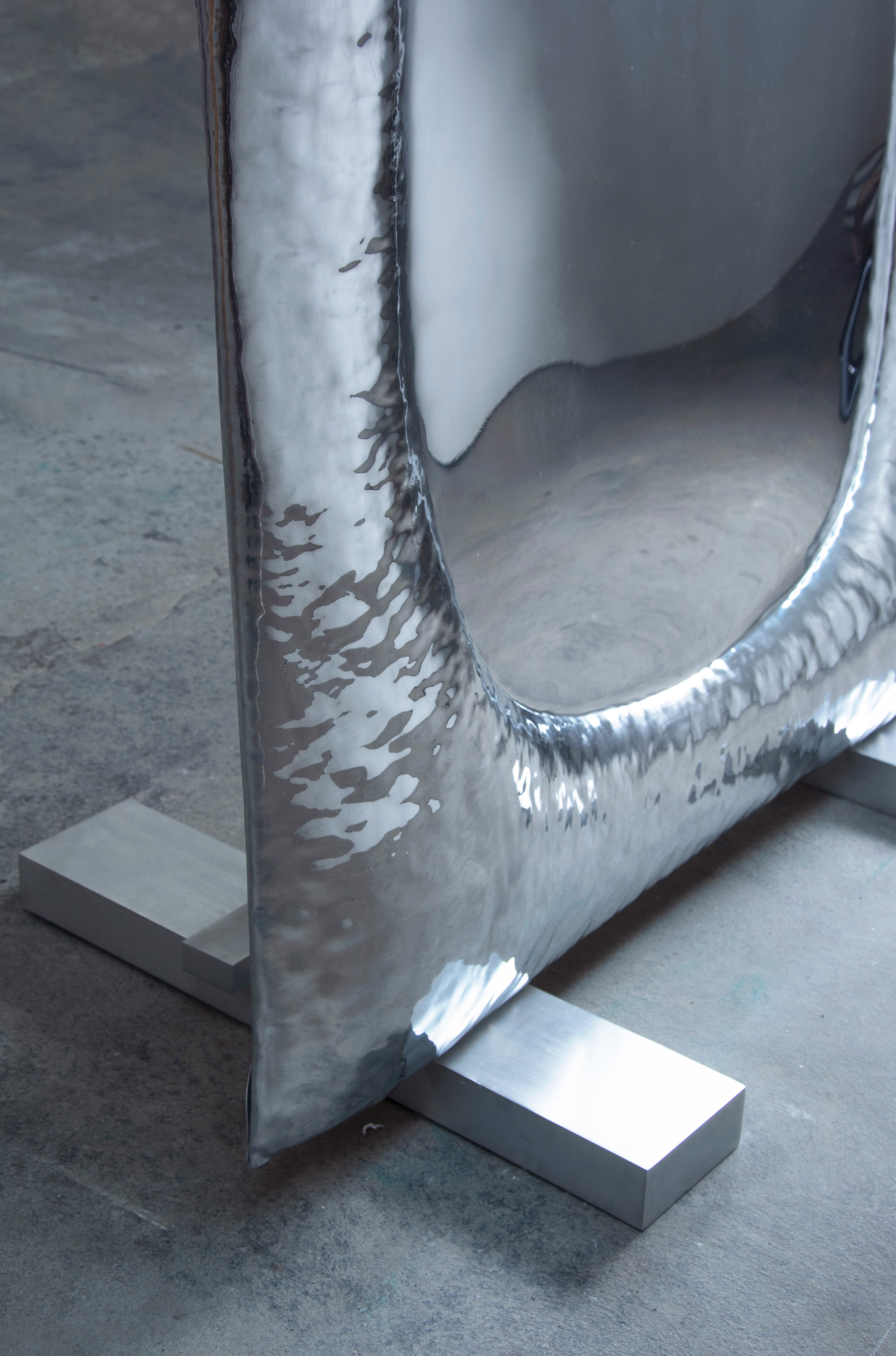
Proud to be Humble by Christian+Jade
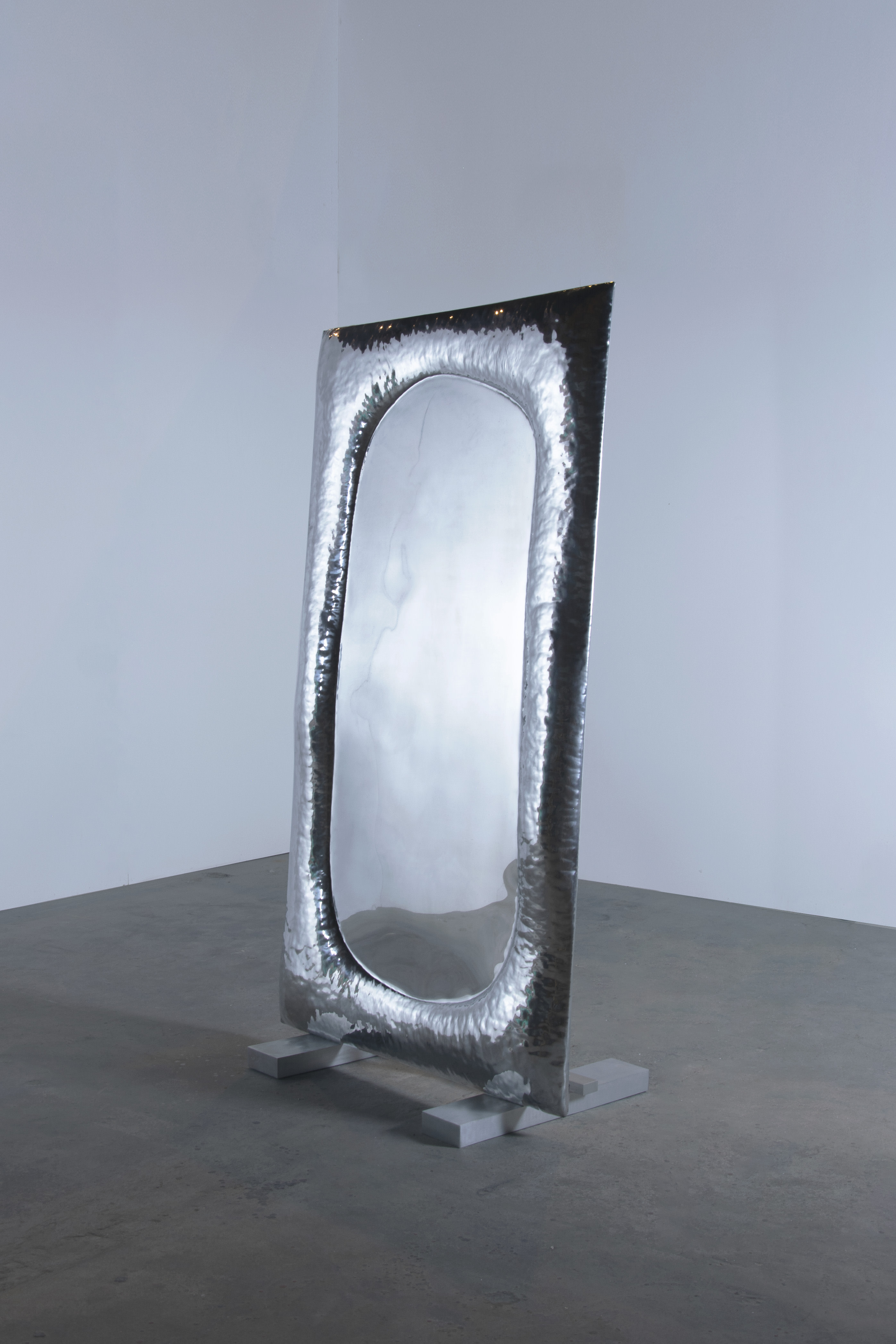
Proud to be Humble by Christian+Jade
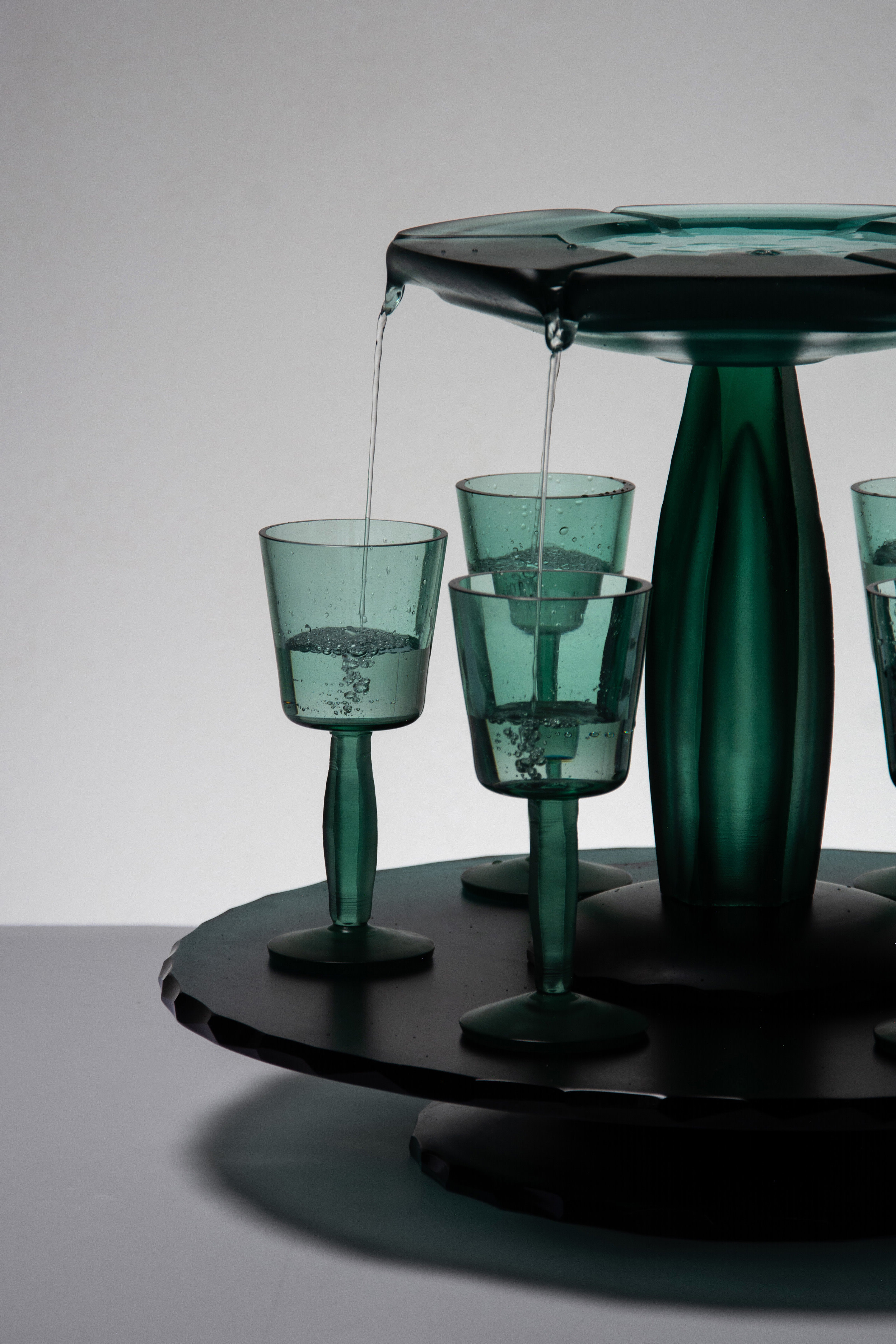
Wine Foutain by Christian+Jade
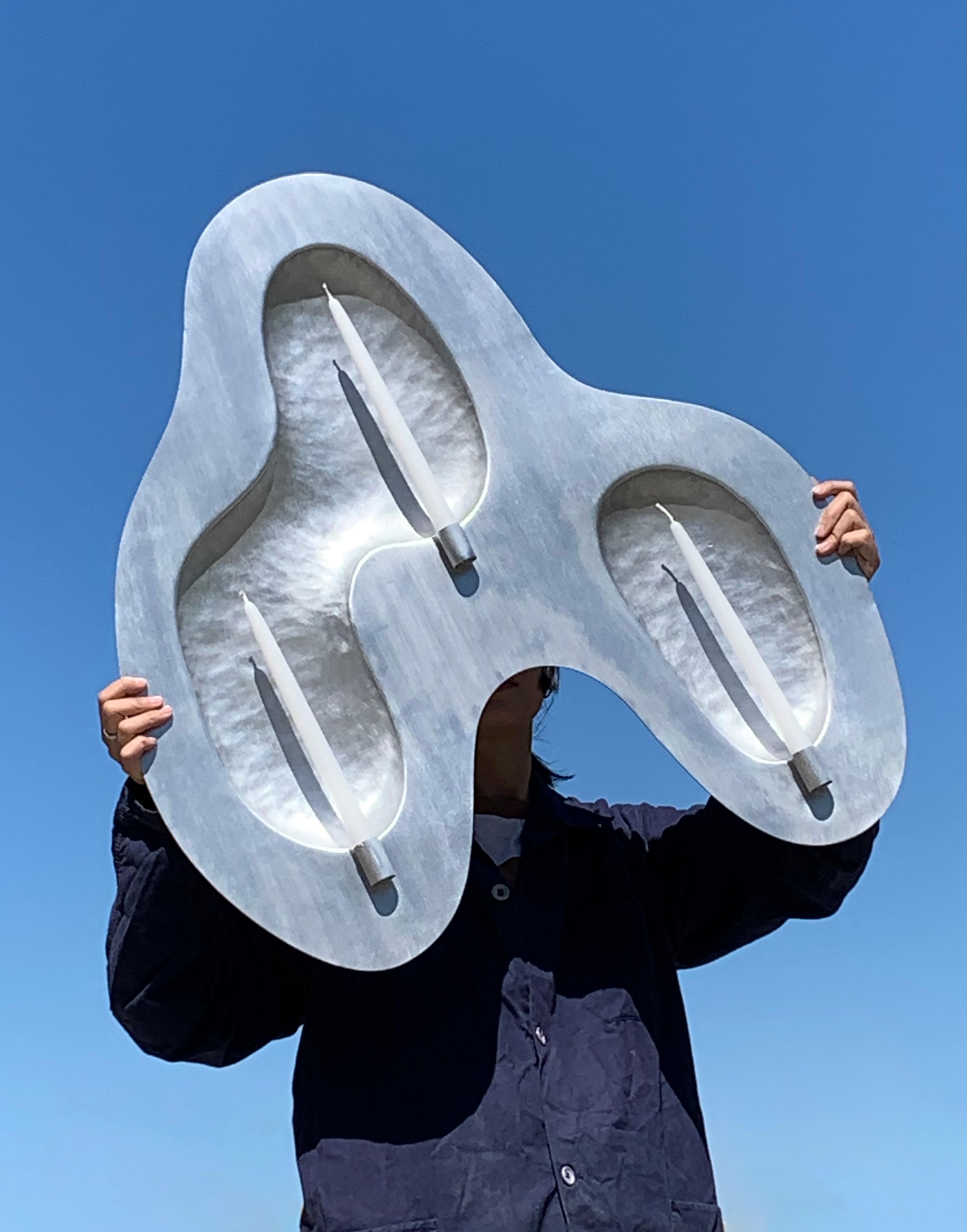
Reflecting Flame by Christian+Jade
How do you consider sustainability in your work with design?
It is an ongoing process. We are very conscious about each thing we place in a world full of things. We constantly try to refine the role we can play as designers by creating works that are not meant for quick and careless consumption based on aesthetics or trends.
In the design itself, we have begun to recognise the importance of challenging the way people consume. Great design can affect that. If we design consciously and responsibly, we can tell stories where objects become parts of a larger ecosystem, and consumers will acknowledge the journey behind the arrival of this new design.
What is your overall message with Weight of Wood?
With Weight of Wood, we want to bridge the gap between the life of a tree and wood as a commodity. We want people to start seeing each and every wood as different individual, each with its own personality and temperament, influenced by the environment and ecosystem that they are a part of. Ultimately, the Weight of Wood is a homage to a material that has played a huge role in our lives as human and continue to surround us today, and we hope that through this exhibition people will start to see wood in a new light and appreciate its beauty and value in our daily lives.
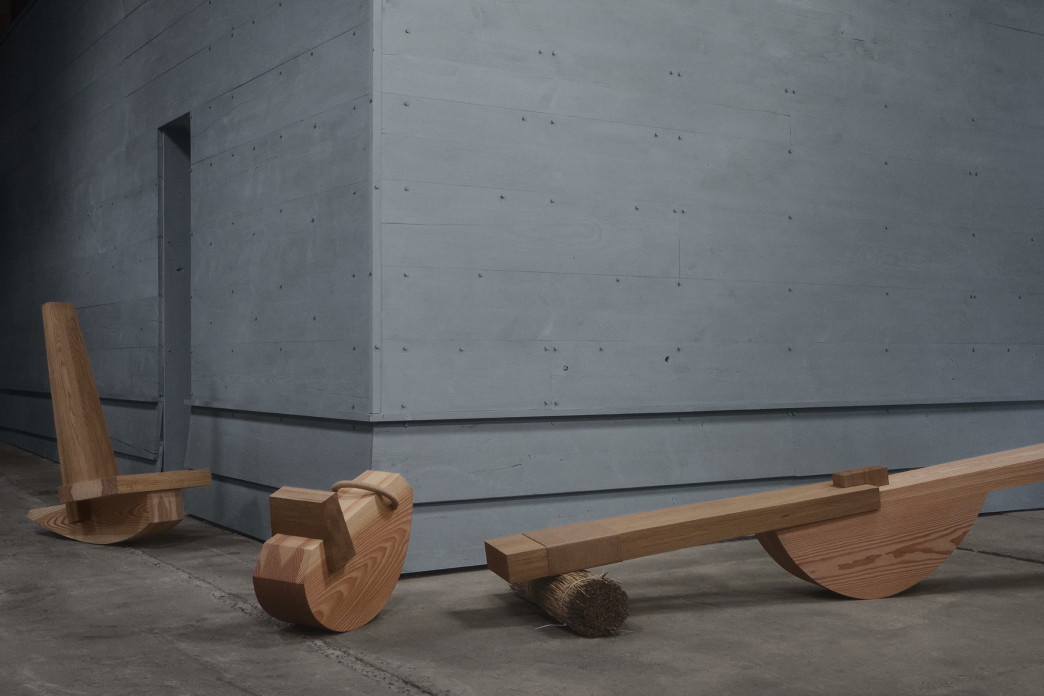
What does the future bring for Christian+Jade?
We would most definitely like to bring the exhibition Weight of Wood to more places. We recently showed a work-in-progress version at Four Boxes Gallery in Krabbesholm Højskole, and really got the opportunity to see the conversations that the topic can spark around wood and design.
We see Weight of Wood as an overarching project that covers a large introductory scope through wood’s weight. However, through our journey we met a lot of different people from wood anatomist and dendrochronologists to cabinet makers and foresters, and they have sparked a lot of our curiosity within the world of wood. We have a small inkling to maybe dive into one specific wood species to explore.
Recently, we have started a project about glass making, specifically “Waldglas” also known as forest glass. The project has a connection to the forest, and Schwarzwald in particular, where most of the wood ash and sand used for making Waldglas come from.
Dinesen sources most of its wood from Schwarzwald, so it feels somewhat familiar to enter a new project in the same place of origin where Weight of Wood began.